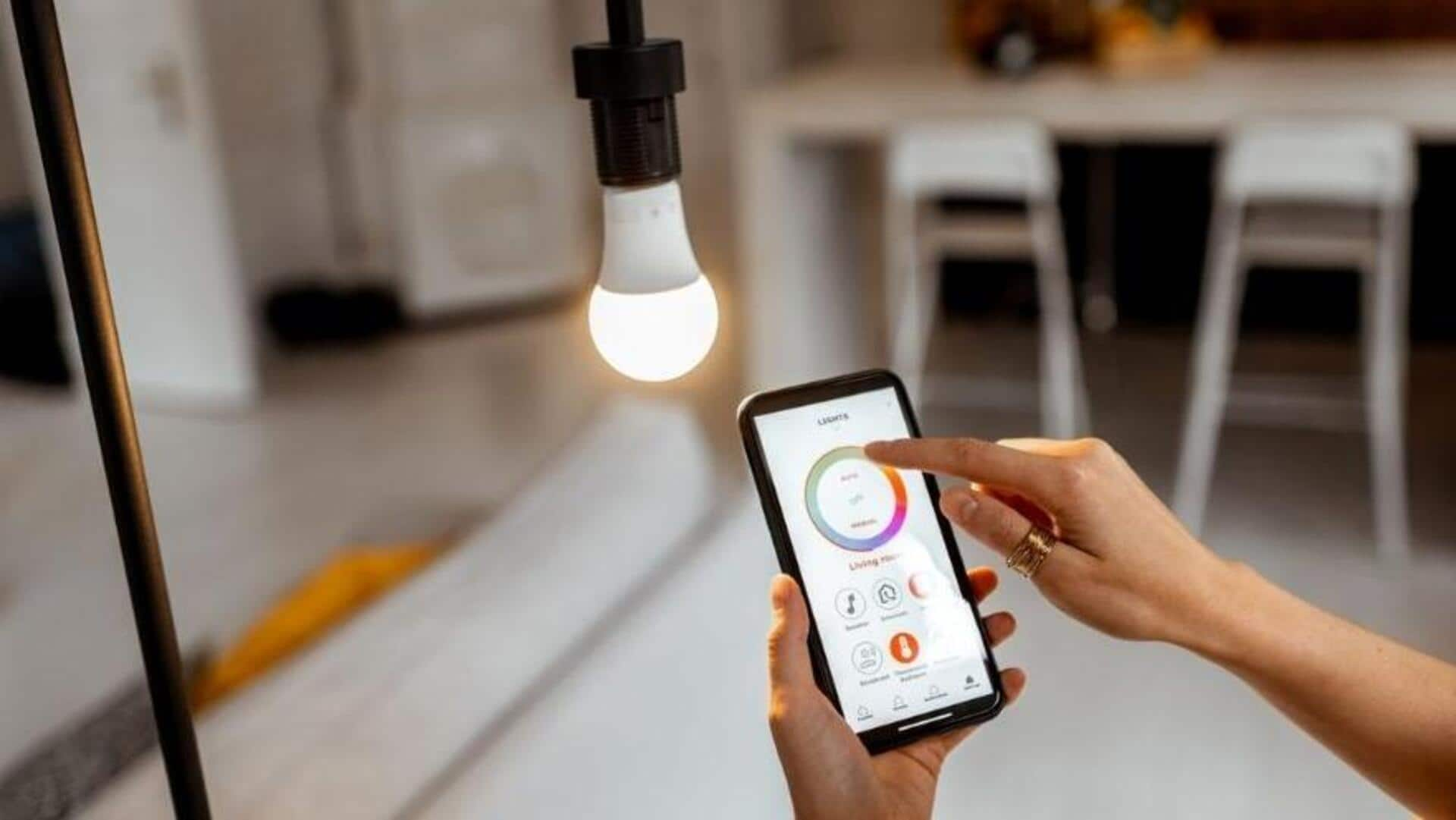
How to set up smart lighting solutions in your home
What's the story
Smart home lighting can change the way you light your home, making it more energy-efficient and convenient. By automating and controlling your lights remotely, you can save energy and customize the ambiance of any room. Here are five practical tips to set up smart lighting in your home. These will help you maximize efficiency and create a comfortable living environment.
Tip 1
Choose the right bulbs
Selecting the right smart bulbs is essential for an efficient setup. Look for LED bulbs as they consume less energy than traditional ones. Also, make sure the bulbs are compatible with your existing smart home system, be it Alexa, Google Home, or Apple HomeKit. This compatibility will ensure seamless integration and control through voice commands or mobile apps.
Tip 2
Utilize motion sensors
Incorporating motion sensors into your lighting system can greatly improve energy efficiency. These sensors automatically turn lights on when someone enters a room and off when the room is empty. This not only saves energy but also adds convenience by ensuring that lights are only on when needed. Place sensors in high-traffic areas like hallways or living rooms for maximum benefit.
Tip 3
Schedule lighting routines
One of the biggest advantages of smart lighting is that you can schedule routines. Set up your lights to turn on or off at specific times or according to certain triggers, like sunset or sunrise. This way, you can have your lights automatically adjust throughout the day, without having to remember to do it manually every time.
Tip 4
Integrate with other smart devices
Integrating your smart lights with other devices can take your home automation to the next level. For example, connecting them with smart thermostats or security systems can allow for coordinated actions, like dimming lights when a security camera detects movement or adjusting them based on temperature changes in a room.
Tip 5
Monitor energy usage
Most smart lighting systems provide energy usage data through their apps or dashboards. Keeping an eye on this data can give you an insight into how much power different fixtures use over time. With this information, you can identify areas where further efficiency improvements can be made. For example, switching off unused lights during peak hours or replacing high-consumption fixtures with more efficient ones.